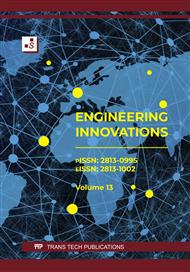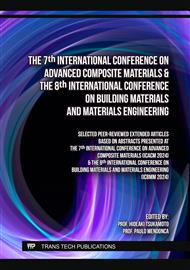p.25
p.37
p.43
p.49
p.57
p.75
p.83
p.99
p.113
Evaluation of the Seismic Performance of a High-Rise Building in Lima, Peru, Using the FEMA 440 and SEOAC Methodologies
Abstract:
This article develops two three-dimensional models: one for designing an 18-story building, considering the E030 and E060 norms of Peru, and a second nonlinear model aimed at estimating the lateral capacity of the structure through nonlinear static analysis and verification of seismic performance. It highlights the prevalence of informal structures in Peru, which lack a performance-based design methodology. In this context, relying solely on elastic design may be insufficient, especially for tall buildings. A "seismic gap" is identified, referring to the discrepancy between current design practices and the actual seismic demands that structures may face, raising concerns about the vulnerability of existing and future structures to a potential earthquake. The nonlinear static analysis showed that the 18-story structure reached a maximum base shear of 1752 tons and a maximum displacement of approximately 53 cm in the X direction, and similarly, a maximum base shear of 1538 tons and a maximum displacement of 51 cm in the Y direction.
Info:
Periodical:
Pages:
113-118
Citation:
Online since:
February 2025
Keywords:
Permissions:
Share:
Citation:



